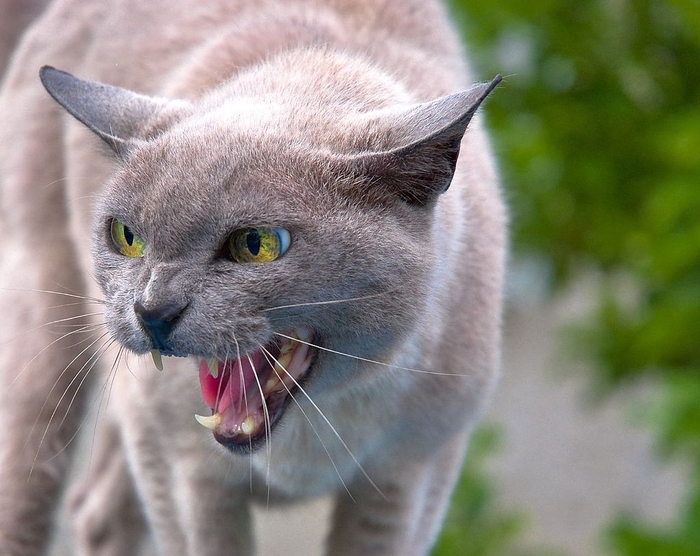Whether it’s a battle over territory or a brawl over a sports game, aggressive behavior is a hallmark of the animal kingdom. The influence genetics has on aggression is undeniable—but the process of determining the genes involved has been frustratingly slow.
To better understand genetic factors involved in aggression, some researchers have turned to male fruit flies, which fight, if necessary, to obtain mates. The fruit fly is a good choice for these studies because flies are easy to grow and genetically manipulate. But there’s one major issue: in flies, as in other animals, it’s difficult and time-consuming to screen for aggression. The consequence is that most research on the genetics of aggression in flies has been focused on just a handful of genes that were already predicted to have an effect.
To cast a wider net, Davis et al. have devised a new method to quickly and easily screen for aggression. They noticed that groups of aggressive male flies housed together developed battle scars: wing damage that occurs when one fly grabs another’s wings midflight to destabilize its opponent. In some cases, the damage amounts to just a few nicks, but flies in severely aggressive groups sometimes sustain losses of large pieces of their wings.
Checking for wing damage can be done quickly, allowing the researchers to screen about 1400 mutant fly strains for aggression. Of those, they found that flies from only 41 strains had wing damage, and a deeper examination revealed that five of those strains were very aggressive. When the group sequenced the genome of a fly from one of the most aggressive strains, they found that it had a mutation in the gene Shaker, which encodes part of an ion channel involved in neuron function.
Shaker was not previously known to be involved with aggression, and this new technique has the potential to uncover many other such links between specific genes and aggressive behaviors. Pinning down these genes will not only help reveal how this complex behavior is controlled, it will provide candidate genes when an analysis like this one isn’t feasible, such as in studies of many other animals—including humans.
CITATION:
Davis, S.; Thomas, A.; Liu, L.; Campbell, I.; Dierick, H. Isolation of Aggressive Behavior Mutants in Drosophila Using a Screen for Wing Damage.
GENETICS, 208(1), 273-282.
DOI: 10.1534/genetics.117.300292
http://www.genetics.org/content/208/1/273































